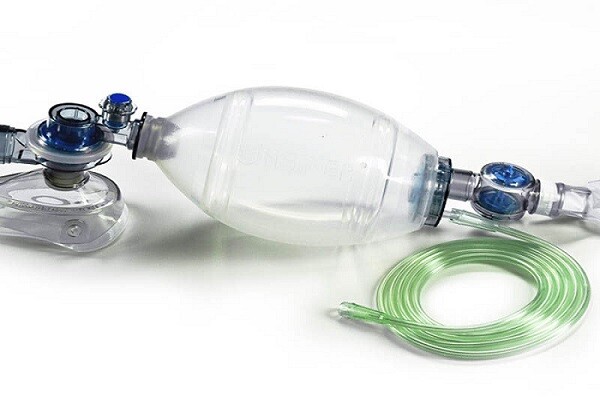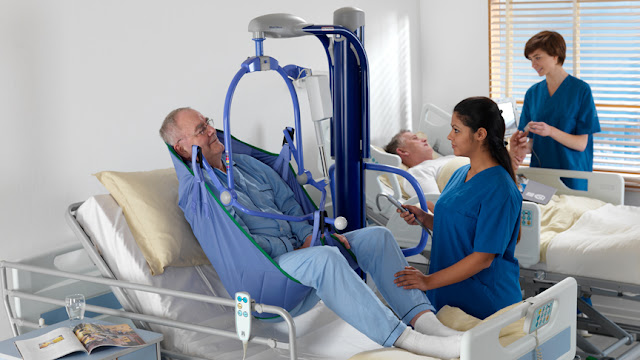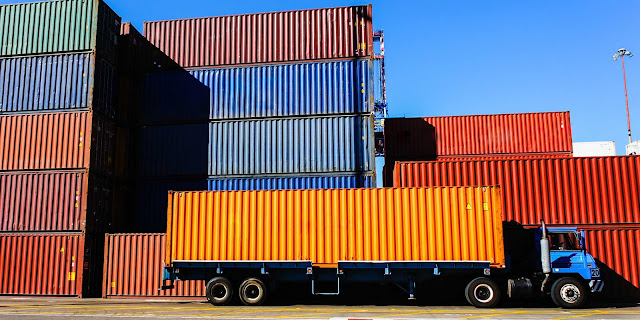Security Robots on Patrol to Enhance Safety
 |
| Security Robots |
The Rise of Robot Security Guards
In recent years, there has been a rapid rise in the use of security robots for
patrol and surveillance purposes around the world. As technology has advanced,
robots have become more autonomous, capable of navigating environments and
responding to various scenarios without direct human supervision. Their
round-the-clock monitoring abilities and lack of fatigue make them well-suited
for standardized security tasks.
Autonomous Floor Patrols
One of the most common applications of Security
Robots is for autonomous floor patrols. These robots use lidar, cameras
and other sensors to navigate interior spaces like office buildings, shopping
malls, university campuses and more. They can follow predetermined routes and
schedules to monitor for anomalies. Some advanced robots even have the
capability to detect and identify threats. For example, they may be able to
recognize unattended packages or suspicious individuals loitering in restricted
areas. The robots then alert human operators to potential issues. This allows
security teams to focus their in-person monitoring efforts more efficiently.
Enhanced Perimeter Security
Robots are also being deployed for perimeter surveillance around facilities.
Outside environments present unique challenges, as robots must be able to
withstand weather elements and vary their routes irregularly like a human guard
would. However, robots have key advantages even in outdoor settings. They can
see in the dark using thermal cameras and monitor expansive areas day and night
without breaks. If motion sensors pick up intruders scaling fences or forced
entry into off-limits zones, automated notifications and live video feeds
provide critical situational awareness for security personnel to respond
quickly. The consistent vigilance of robot sentinels deters criminal activity
and reduces risks.
Public Safety in Urban Centers
As cities devote more resources to public safety, security robots are becoming
a valuable tool for law enforcement as well. In some urban downtown cores and
transit hubs plagued by disorder issues, fixed robotic security kiosks equipped
with cameras and microphones help deter bad behavior and provide real-time
incident monitoring to dispatch officers. Mobile security robots also help
patrol congested areas and large outdoor venues hosting events. Their presence
acts as a visible deterrent while gathering surveillance intel. For example,
one pilot project saw a police security robot patrolling a train station 24/7,
with just its presence reducing crime rates by over 50% within a few months.
Cost Savings and Increased Efficiency
A major benefit driving the adoption of security robots is their potential for
significant cost savings compared to employing human guards. Robots eliminate
payroll, benefits and overtime expenses for round-the-clock coverage. They also
increase efficiency by allowing security teams to focus on more nuanced
judgement calls and citizen assistance tasks versus routine monitoring. Upfront
investment costs are recouped over time through opex reductions. For instance,
initial projections found one robot replacing just two security guards could
save a company over $400,000 annually on operating expenses alone. As robotics
technologies mature, their upfront costs continue declining as well—further
improving their value proposition compared to always more expensive human
labor.
Privacy and Ethics Concerns
While security robots undeniably offer advantages, their increasing use also
raises valid privacy and ethics concerns that companies and policymakers are
working to mitigate proactively. Critics worry about permanent round-the-clock
surveillance becoming normalized without clear safeguards. There are also
concerns about mission creep where data collected for security purposes gets
used or shared for other motivations without consent. To address these issues,
many organizations commit to only using robot surveillance footage during
active security incidents and have strict access controls. Some even opt to
only install robots in publicly viewable areas rather than private spaces like
offices to respect privacy. Overall, ensuring accountability and transparency around
robot deployment practices remains essential to balancing security enhancement
with civil liberties protection.
Future Applications and Advancements
Looking ahead, security robots are poised to take on even more sophisticated
and autonomous capabilities. Some areas ripe for further development include
advanced visual analytics to detect anomalies or high-risk behaviors,
integration with other AI systems like facial recognition, and autonomous
response abilities beyond just passively monitoring and alerting humans.
Miniature drones and other small form factor robots also open up new
possibilities for inspecting hard to reach infrastructure. As 5G connectivity
accelerates, fleets of coordinated robots could one day autonomously secure
massive outdoor complexes. When designed and applied responsibly with human
oversight, security robots will surely continue transforming surveillance and
emergency response for the safer, more efficient protection of people, property
and public spaces worldwide.
Security robots are enhancing safety through uses like autonomous facility
patrols, perimeter monitoring and assisting law enforcement. It discussed their
advantages over human guards in terms of around clock coverage, data capture
capabilities and cost savings potential. The article also acknowledged
privacy/ethics concerns around scaling robot surveillance that merit ongoing
dialogue as adoption increases. Overall, security robots are poised to
transform protection services through continued technological advancement when
balanced with respect for civil liberties.
Get
more insights on this topic: Security
Robot



Comments
Post a Comment